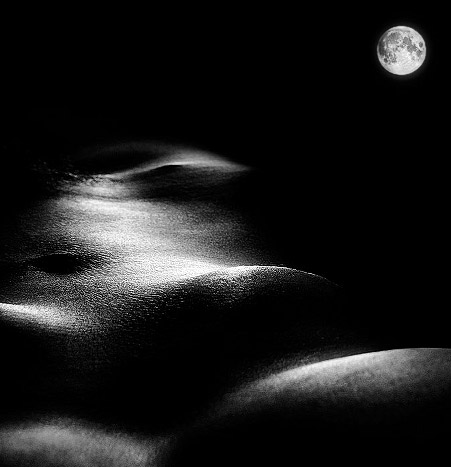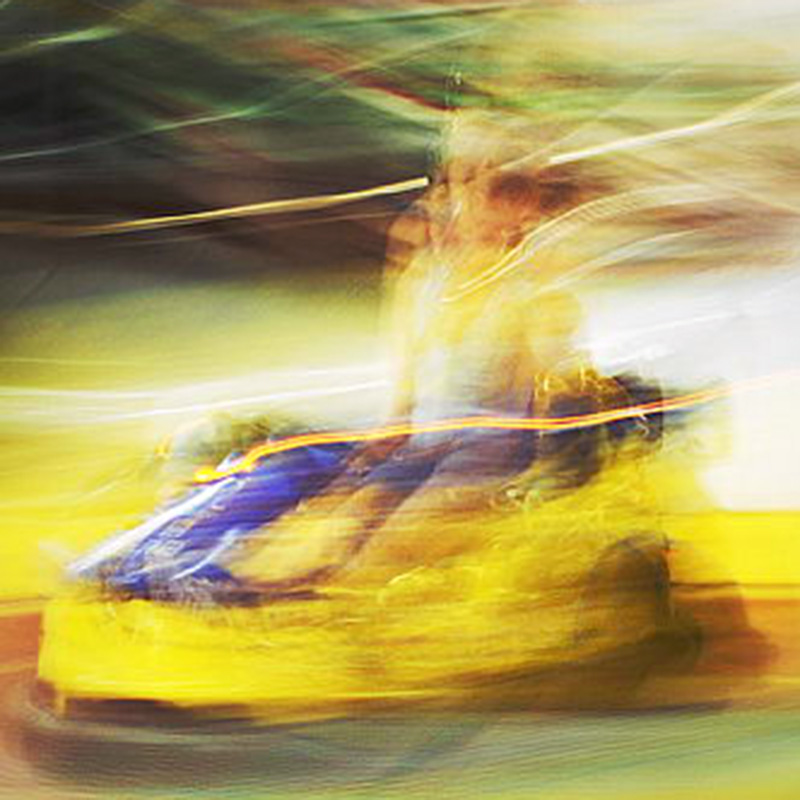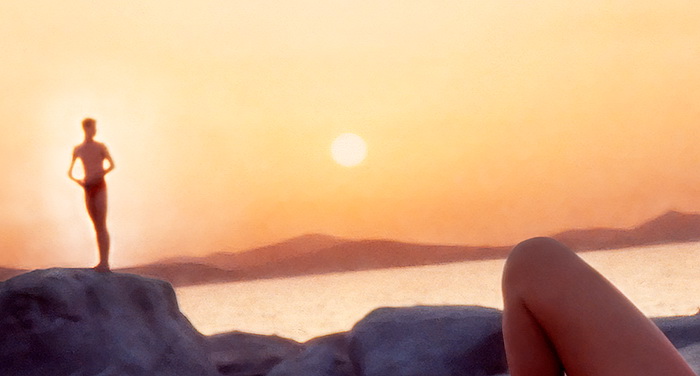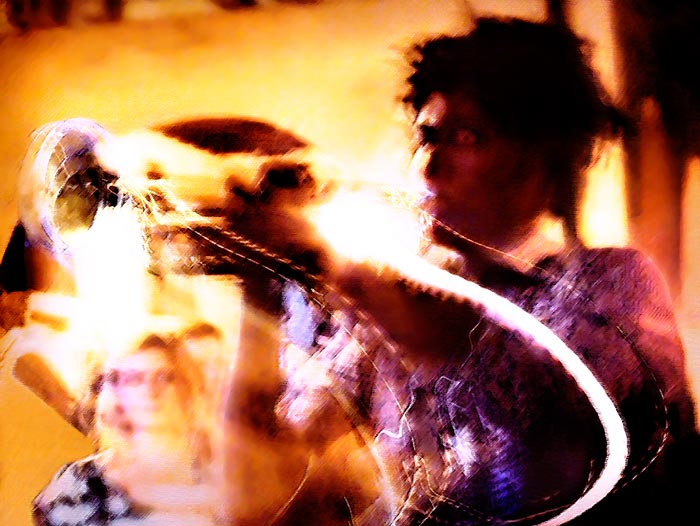Artistry for Life
The many paths to beauty
Gregory Thine has dedicated a lifetime to the search for beauty in many forms and disciplines, the common denominator being nothing more than a trust in significance, humanity, hope.
A distrust in meaningful finality inhabits much contemporary creative discourse, as it does societal values, and yet the very act of expression, is an act of faith in purpose. What with all the many ponderous paths of philosophical and artistic enquiry, a cave painting still tells us much more than ever about ourselves.
Artistry is all that matters now: it is universal and instinctive, and carries forward a faltering flame of vital human values.
Music
Kinraid Project
Forthcoming Release – Progressive Rock/Pop
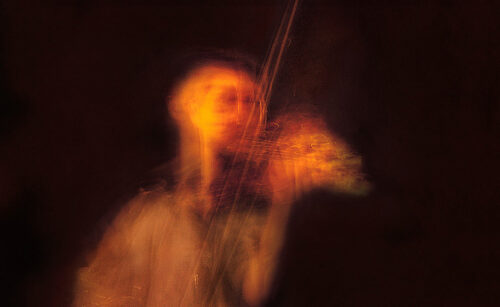
Visual
Photographic Works
Original Artist Prints and Specialist Reproductions
‘Somewhat inevitable, perhaps, to find as a starting point that modern sense of existential and intellectual estrangement, yet juxtaposed to this — and with no small sense of uncertainty and risk — something of an instinctual immediacy and a desperate reaffirmation of fundamental human values, or those of sentient beings, whether by flight of fancy or by reason of practical utilitarian necessity. There are the bonds of loved ones, compassion, religion even as a lingering doubt or a nagging innate sense on the part of the most atheistic and secular. The sources for these reflections are primarily: the animal kingdom (in which, we are plainly included), the religious iconography (especially the more primitive and totemic such as wood carvings, icons and the like) and musicians in their role of shamanic go-betweens, lightning rods for our suffering.
A perceptible attempt is made at side-skirting and moving beyond the prevalent contemporary dialectic: as much that of the privileged and scientific observational view point (the enumerator of neurons atoms and bits), as much that of the solipsistic refuge, as much the aesthetic gamesmanship.
Such a direct – at times lyrical – vein might well be construed as traditionalism at a cursory glance, inclined as we are nowadays, to take for granted the current penchant for aggressive formal upheavals and an ever more lateral or conceptual expressive idiom. However, at a deeper reading, as evident from the titles, there emerges an artistic intent that is, in fact, clearly contemporary and clearly resolute, cognisant of both current and passed sensitivities but consciously set on reviving the cathartic role of the medium and certifying both its sense and survival, with a marked emphasis on instinctive and less conceptual narrative content, and a visual enquiry that strives, above all, to be immediate and natural.’
‘The impulse for embarking on these new transfigurations, expressionisms, romanticisms is, therefore, plainly instinctive yet, according to the artist, finds programmatic correspondences, in a view that is the subject of increasingly restless murmurs from various quarters: namely that the outright negation of the concept of transcendence, and similarly a distrust of any shared reality and values, are the basis for a practical impoverishment of modern life, and in turn also of artistic discourse. This is the inevitable point of arrival of a civilization, that for all its heights of achievement, is more or less insidiously and imperceptibly pervaded by a background noise of bite-sized notions, that reach us awkwardly detached from their original academic mainspring: relativism, individualism, the easy and amateurish mechanicalism inherent in consumer culture, the concept that every altruistic act has selfish implications and so on and so forth. Such notions, in a more appropriate learned context, might well have a certain intellectual girth, even, perhaps, accompanied by an evaluation as to the sense in their practical application, but in the shallow second-hand iteration of popular culture, appear as little more than a foolish intelligence of beings grown far too complex for their own good. Who other than experts in the field, might be in a position to ask why a rational luminary such as Wittgenstein, while testing the limits of knowledge itself, had in the practicality of life, a deep respect and attraction for the religious or transcendent sphere, whatever the lack of any valid role for it in an epistemological framework?
Formally, the digital medium is here a means to bridge the gap between photography and painting or etching, at least as far as the strictly visual effect is concerned, drawing freely from the sensitivities of all such disciplines. It is evident that certain expressive approaches are favoured, but with no intent to evolve a specific and recognisable style, which at times emerges and at times dissolves. The prints are executed with much care on a wide variety of photographic and traditional paper materials.’ (Adapted from Soundings Exhibition brochure)
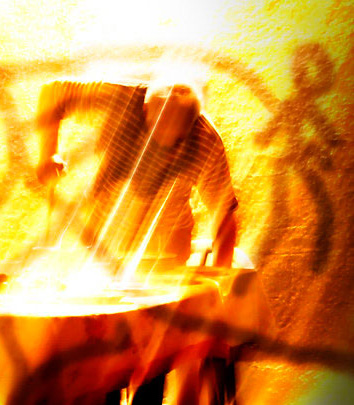

Collection: Soundings

